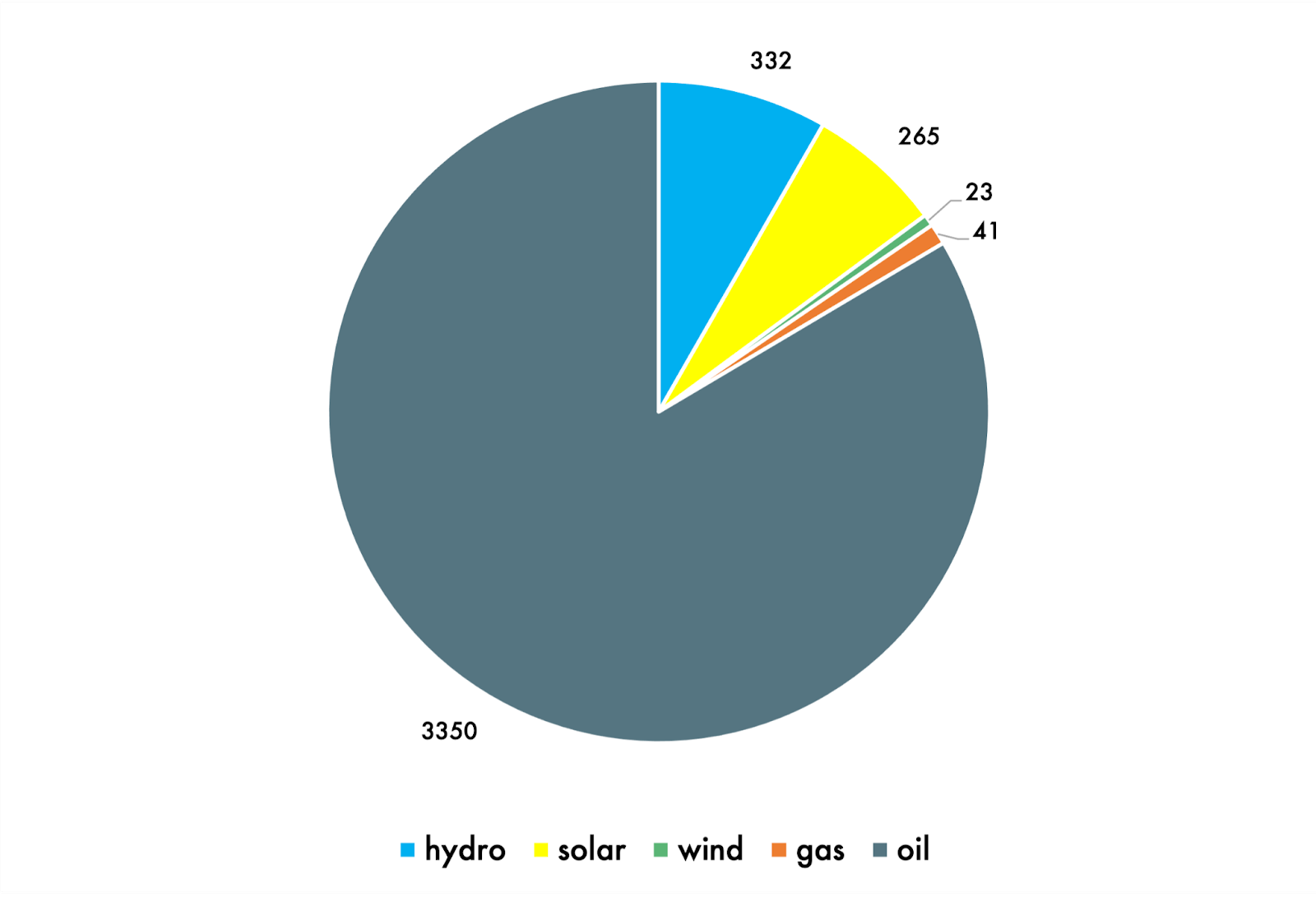Cliquez ici pour lire cet article en français.
Senegal has moved aggressively to scale renewable deployment
Senegal has rapidly increased its renewable capacity, in large part to decrease historical dependence on expensive and polluting liquid fuels. The country pledged to source 30% of its generation capacity from renewables by 2030 — and has made tremendous progress over a short time period. Senegal began operating its first solar plant in 2017, and since then has added more than 200MW of additional solar capacity. The 158MW Taiba Ndiaye project — West Africa’s first large-scale wind plant — came online in February 2020.
But the country is now shifting gears
Following their aggressive additions of wind and solar plants, the government’s near-term appetite for new on-grid renewable projects has decreased, for two main reasons:
1. Worsening grid stability
Senegal’s grid stability has deteriorated since increasing the share of variable renewable generation, and recent World Bank-funded studies concluded that without major investment in grid and storage upgrades, the country must curtail significant renewable capacity in order to maintain supply quality. The country’s national grid infrastructure is outdated and insufficient– its system has not historically needed a flexible dispatching mechanism to accommodate intermittent generation, due to previous reliance on baseload thermal power, particularly heavy fuel oil (HFO) plants and emergency power solutions (see Figure 1).
As a result, the government is prioritizing investments in transmission and distribution (T&D). Some donors have stepped in, like the Millennium Challenge Corporation’s 5-year US$550 mil. Senegal Power Compact signed December 2018, in which T&D makes up 69% of the budget.
FIGURE 1: Senegal’s 2019 Net Electricity Generation (GWh)

2. Focus on gas-to-power
Senegal’s recent discovery of large offshore oil and gas reserves (estimated at 1 billion barrels of oil and 40 trillion cubic feet of gas) increased government focus on developing a gas economy. Two large fields are currently under development: Australia’s Woodside Energy’s Sangomar field and BP/Kosmos Energy’s Greater Tortue Ahmeyim project. Both are on track to generate their first gas in 2023 after delays from COVID-19.
These developments shifted focus from immediate development of renewable plants to building domestic gas infrastructure for baseload power generation. The Senegalese government introduced a Gas-to-Power strategy in November 2018 to provide a legal framework for private sector participation. In parallel, the national utility Senelec signed an MoU with local developer West African Energy for a 300MW gas plant in Cap Des Biches, and in June 2020 signed the Power Purchase Agreement (PPA) for this EUR350 million (US$415 million) plant, expecting it to come online in 2022.
Where does Senegal go from here?
Senegal has only just begun to develop domestic gas resources– the country must build an entire gas industry (including legal frameworks, regulations, and an enabling environment) from scratch, as well as the required infrastructure. As this progresses, Senegal should:
- Continue upgrading the T&D network: This would enable wheeling more power, and safeguarding supply quality by more efficiently dispatching and balancing variable renewable sources in real time.
- Accelerate the shift from HFO to gas generation: The government currently plans to shift from HFO to gas by 2025. Given the country’s significant domestic gas resources, switching existing dual fuel plants from HFO to gas and bringing new gas plants online will improve grid management while further reducing electricity costs and emissions intensity.
- Diversify with new renewable power plants: Even as Senegal exploits its domestic gas resources, it should continue investing in and supporting renewable power projects to reach its goal of 30% of generation capacity from renewables by 2030.
Progress in all three areas will help the country reach its energy goals, and deliver a more stable and resilient power system for Senegal to achieve its broader social, economic, and environmental objectives.
